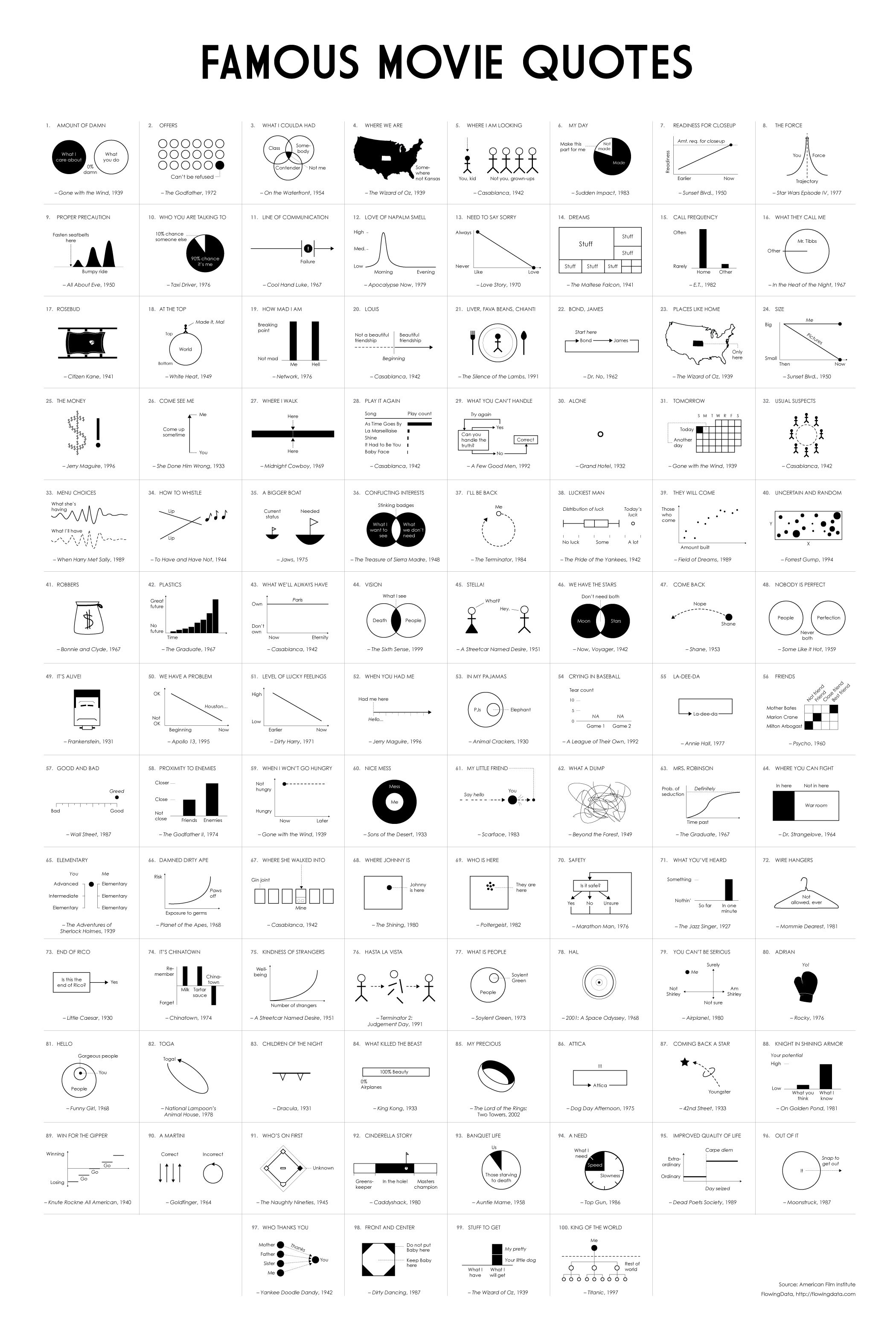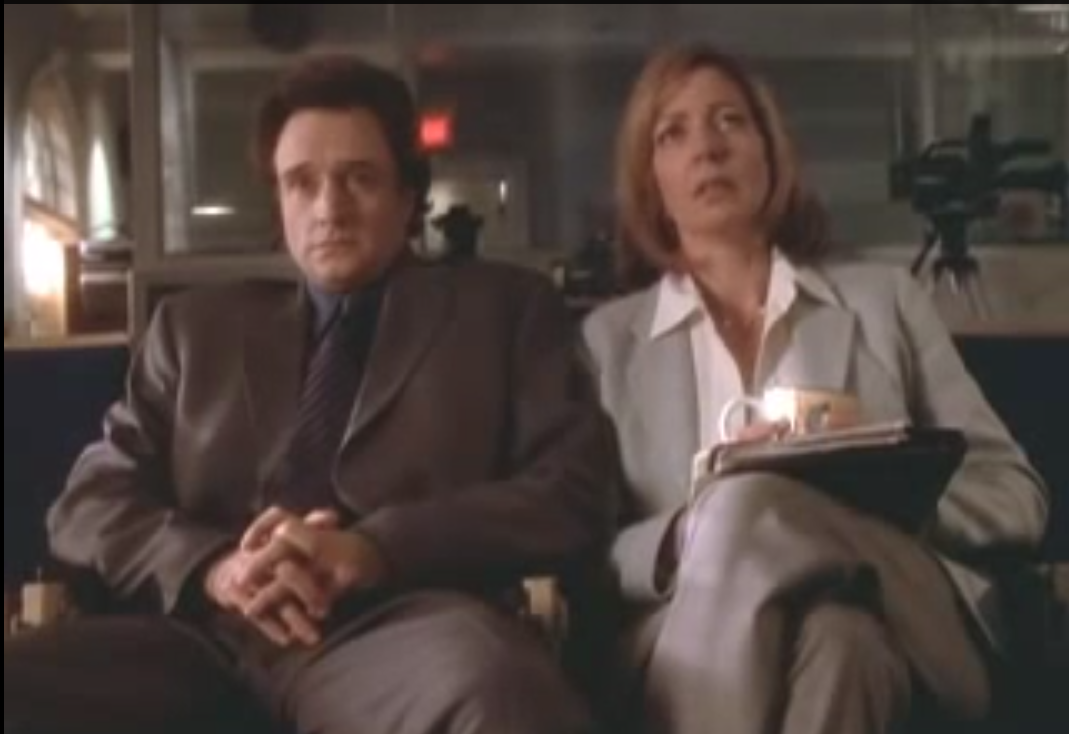A Facebook user’s timeline provides both a snapshot of who that user is and a historical record of the user’s activity on Facebook. My Facebook timeline is about me, and fittingly, I control it. It’s also one, single profile. Anyone I allow to view my timeline views my timeline—they don’t each create their own copies of it.
Intuitive, right? So why don’t medical records work that way? There is no unified, single patient record—every doctor I’ve ever visited has his or her own separate copy of my records. And in an age where we can conduct banking transactions on my smartphone, many patients still can’t access or contribute to the medical records their doctors keep for them.
My proposal? Medical records should follow Facebook’s lead.
Cross-industry innovation isn’t new. BMW borrowed from the tech world to create its iDrive; Fischer Sports reduced the oscillation of its skis by using a technologycreated for stringed instruments. So I asked myself: Who has mastered the user-centric storing and sharing platform? The more I thought about it, the more I decided a Facebook timeline approach could be just what medical records need.
To see what I mean, let’s explore some of Facebook timeline’s key features to see how each could map to features of the ideal medical record.
“About” for Complete, Patient-Informed Medical History
On Facebook: The “about” section is the one that most closely resembles the concept of a user profile. It includes a picture selected by the user and lists information such as gender; relationship status; age, political and religious views; interests and hobbies; favorite quotes, books and movies; and free-form biographical information added by the user.
In medical records: The “about” section would be a snapshot of the patient’s health and background. It should include the patient’s age, gender, smoking status, height, weight, address, phone number, and emergency contact information; the patient’s primary care provider; and insurance information. This section would include a summary list of the patient’s current diagnoses and medications, as well as family history. And importantly, both the doctor and the patient would be able to add details.

“Privacy Settings” and “Permissions” for Controlled Sharing
On Facebook: Privacy settings allow users to control who can see the information they post or that is posted about them. For example, in my general privacy settings I can choose to make my photos visible only to the people I’ve accepted as “friends.” However, if I post a photo I want the entire world to see, I can change the default setting for that photo to be visible publicly instead.
Facebook also allows users to grant “permissions” for outside applications to access their profiles. For example, let’s say I use TripAdvisor to read travel reviews. TripAdvisor lets me sign in to its site using my Facebook account, rather than creating a separate TripAdvisor account. But, to do this I must grant TripAdvisor “permission” to access my Facebook account.
In medical records: Patients could use “privacy settings” to control whether all or part of their information can be seen by a family member or caregiver. For example, if my aging mother wanted to give me access to her “events” (upcoming doctor’s appointments), she could do so. If my college-aged son who is still on my health plan wanted to give me access to his knee X-rays, he could.

Additionally, a patient could grant “permission” for other doctors to access their records. When I visit a new doctor, rather than signing a form granting my previous doctor permission to fax over copies of my records, I could simply grant permission electronically within the record–and presto! The new doctor would have instant online access.
And doctors could use “permissions” in lieu of the paper forms patients typically have to sign during office visits today–to get patient signoff on the sharing of their information with insurance providers or other doctors, in compliance with thelatest HIPAA regulations for patient privacy.
“Status Updates” to Document Diagnoses and Treatments
On Facebook: “Status updates” let Facebook users broadcast what’s going on with them at a given moment. (For example, my status update might say: “I just had a great idea for improving medical records.”) A user’s latest status update appears toward the top of the timeline; older statuses can be viewed by scrolling through the timeline.
In medical records: Doctors could post “status updates” to log new diagnoses, medications or treatments. For example, if a doctor prescribes a patient Lipitor, a status update would be posted automatically to note the new prescription. These types of new prescription updates would also generate drug interaction alerts. Think of those drug commercials that warn, “Before using our drug, tell your doctor if you have any of the following conditions.” Similarly, the timeline medical record would prompt a doctor prescribing that drug to ask the patient about those conditions before prescribing.

“Photos” for the Online Delivery of Test Results
On Facebook: Users can upload pictures they’ve taken. Photos are organized into albums that are visible on the user’s timeline. There’s also a special “photos” section where viewers of the timeline can go to see all of a user’s photo albums.
In medical records: Doctors could upload scans, X-rays, and other test results to a patient’s medical record timeline. When uploading the images, the doctor would be prompted to select the type of image being uploaded, the applicable body part and the date, which would create an album titled with those details–for example, “X-ray-Left foot-11/17/2013.” The timeline record would serve as a single repository for all such “photos,” rather than each doctor or facility having their own copies. The patient or any doctor granted permission to access the record would be able to view past test results.

“Tagging” to Involve Other Parties and Track Common Themes
On Facebook: Users can “tag” other users to indicate their involvement with the content being posted. For example, when I post a picture of myself with a friend, I can “tag” the friend in that photo. This ties the photo to both our timelines instead of just mine. It also triggers a “notification” to the friend that she’s been tagged. She can remove the tag if she doesn’t wish for the photo to be tied to her timeline.
In medical records: Providers can use tagging to alert other providers involved in a patient’s care of pertinent updates. For example, let’s say my primary care physician refers me to a specialist for some tests. When the specialists posts the tests results as “photos,” she could “tag” my primary care physician to ensure he’s notified of the test results as well.

“Notifications” for Test Result Alerts, Medication Alerts, or Preventive Care Reminders
On Facebook: Users are alerted by red “notification” messages when another user writes them a message, posts a picture of them or otherwise interacts with their profile. These notifications are a way to make the user aware of interactions or information involving them.
In medical records: Patients would be notified when a provider uploads “photos” of them–i.e., lab results or scans. Notifications should also be triggered when patient vitals are out of normal range at an appointment–for example, when blood pressure is low or temperature high. The medical record timeline should also notify both patients and providers when a patient is due for a preventive care visit or screening.

“Check-Ins” to Denote Office Visits
On Facebook: Users can “check in” to places they’re currently visiting. For example, I could “check in” to the concert I’m at on a Saturday night. This would serve as both a status update and a record of my attendance of the concert. Photos can also be marked with places to record where they were taken.
In medical records: Patients literally check in when arriving for doctor appointments. When medical staff check the patient in, this would automatically generate a note on the patient’s timeline recording the date and which provider the patient is visiting. Visits to a specialist would trigger a “notification” to the primary care provider, allowing that physician to better track a patient through the continuum of care.

“Friendships” to Track New Provider Relationships
On Facebook: Users can create “friendships” with other users when one party electronically requests a friendship and the other party electronically accepts. These friendships are marked on the user’s timeline (“Jane Doe is now friends with John Smith”) along with the date the online friendship was created.
In medical records: “Friendships” in medical records would really be relationships with medical professionals and caregivers. For example, when a patient checks in to an appointment with a doctor he’s never visited before, the timeline would automatically note the new relationship with that doctor. All providers could be accessed via a list of providers, similar to Facebook timeline’s “friends” list. This would serve as a record of all touch-points for care.

“Events” to Track and Remind for Upcoming Appointments
On Facebook: Users can create online “events” to manage attendance and other details for in-person events. For example, I might create an event for the New Year’s party I plan to host, and I might invite my Facebook “friends” to that online event, where they could RSVP and receive reminders as the event date approaches.
In medical records: “Events” in a medical record would represent upcoming doctor appointments or scheduled tests or procedures. Events would be created automatically when a patient schedules an appointment, and as the time of the appointment gets closer, patients would receive online reminders about the upcoming event.

It’s Time(line) for a Patient-Centric Medical Record
Dr. Rob Lamberts–a practicing physician, speaker, blogger, and health IT evangelist–tells me his biggest complaint with today’s digital record: “It’s not a patient-centered [medical record]; it’s payment-centered.” This he credits to the way the US health system has historically paid for healthcare, which is based on the volume of treatments rather than the quality of outcomes, requiring doctors to log complex medical codes into their EHRs.
Lamberts voices support for a timeline-like record, but he points out that the right incentives must be in place: “An improved record system like this would have to go hand-in-hand with a business model of medicine that benefited from it.” In other words, a business model which is patient-centric.

Luckily, this looks more like the direction the US health system is starting to take. Healthcare reimbursement models are slowly but surely shifting to reward physicians for better care instead of more care, and as that happens, technology providers will be incentivized to create solutions that align with that goal. Mine is to bring the magic of Facebook to medical records. But I’m open to other ideas that solve the patient-centric needs of tomorrow’s health ecosystem.
You can follow Melissa on Twitter at @ProfitPractice and read her reviews atSoftware Advice. We welcome your comments at ideas@qz.com.






 Source:
Source: 











David L. Katz, MD, MPH
January 21, 2014